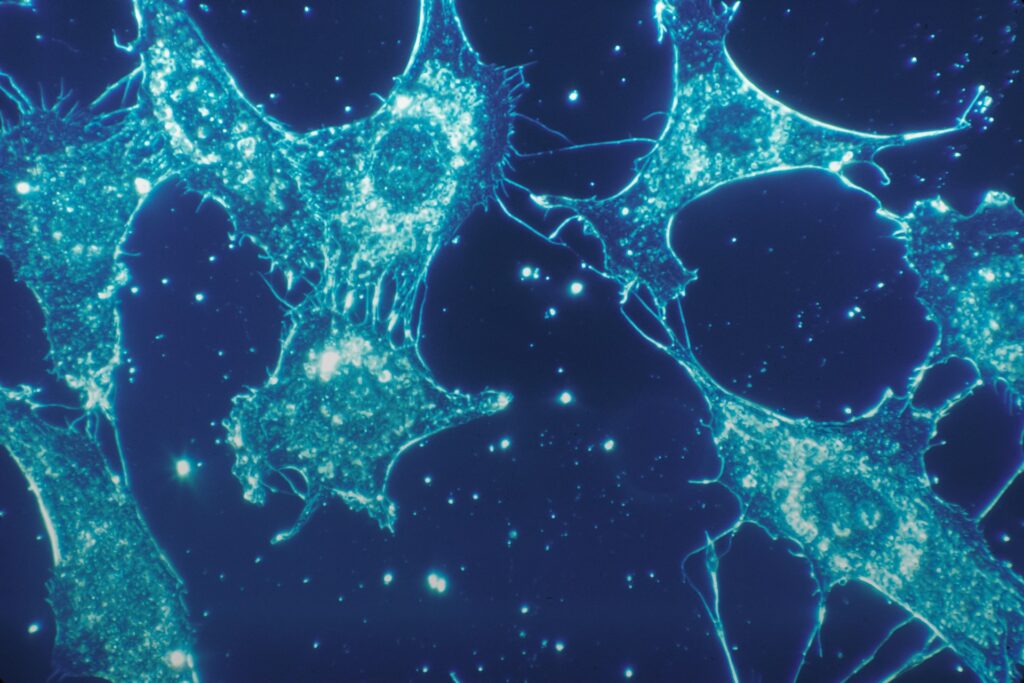In a new study, Dr. Benjamin P. Brown (Vanderbilt University) proposes an architectural shift in how machine learning models predict binding affinities between proteins and small molecules; a longstanding obstacle in AI-assisted drug discovery. The work seeks to close what many call the generalizability gap: the tendency for AI models to perform well on known systems but fail when facing novel protein families.
Brown, B. P. (2025). A generalizable deep learning framework for structure-based protein–ligand affinity ranking. Proceedings of the National Academy of Sciences, 122(42). https://doi.org/10.1073/pnas.2508998122
The drug discovery process is inherently slow and expensive. Identifying “hit” molecules; that is, compounds for which binding to a biological target is strong and selective; is a key early step. Over the past decade, computational screening has aimed to speed this up. Yet existing AI and machine learning methods often struggle to reliably rank binding affinities when tested on molecules or protein targets not included in their training data.
Dr. Benjamin P. Brown from Vanderbilt University stated,
“By constraining the model to this view, it is forced to learn the transferable principles of molecular binding rather than structural shortcuts present in the training data that fail to generalize to new molecules. We set up our training and testing runs to simulate a real-world scenario: If a novel protein family were discovered tomorrow, would our model be able to make effective predictions for it?”.
Dr. Brown’s approach is to constrain the model’s input to a representation of the interaction space between protein and ligand, rather than feeding the full three-dimensional structures. In other words, the model “sees” pairwise physicochemical interactions at varying distances, rather than learning from global structural features. He argues that this design forces the model to learn transferable binding principles; rather than memorizing correlations specific to training examples.
A major strength of the study is its evaluation strategy. During training, entire protein superfamilies and their associated ligand data were excluded, so the model’s test was as close to a real-world scenario as possible: can it predict binding behavior for wholly new protein classes? Under this setup, the proposed model outperformed more generic deep learning baselines in several benchmarks, though gains are modest. The key outcome is showing that carefully constrained architectures improve consistency and reduce unpredictable failures.
The study frames two insights for the broader community. First, inductive biases in model design matter: by embedding domain knowledge (e.g. distance-based interactions) into model architecture, one can improve generalization. Second, benchmark realism is critical: models should not just be stressed on held-out examples of the same family but on truly new biological contexts. Brown’s work underscores how models that woefully collapse under new data may give misleading confidence when tested only within narrow domains.
This does not solve all challenges in computational drug design. Binding affinity ranking is only one part of the pipeline; there remain questions around pose prediction, solvation effects, kinetics, and scalability. Moreover, the performance edge over classical scoring functions remains incremental. Nonetheless, Brown’s framework provides a more stable baseline for future iterations; and offers a clear path for combining physical insight and machine learning design.
The broader field is watching. Other studies are exploring hybrid strategies that merge physics-based simulation, explainable models, and data augmentation to push model robustness further. Some suggest that combining constrained architectures like Brown’s with richer but validated structural or energetic inputs may yield better performance without overfitting.
For readers in engineering, computational biology, and drug design, the takeaway is that model structure matters nearly as much as data volume. As AI tools become more integrated into drug pipelines, carefully designed architectures and rigorous validation protocols may determine whether models are merely “smart” or truly useful in real-world discovery.

Adrian graduated with a Masters Degree (1st Class Honours) in Chemical Engineering from Chester University along with Harris. His master’s research aimed to develop a standardadised clean water oxygenation transfer procedure to test bubble diffusers that are currently used in the wastewater industry commercial market. He has also undergone placments in both US and China primarely focused within the R&D department and is an associate member of the Institute of Chemical Engineers (IChemE).



